I have some data ( a timeseries of some reponse time) and i am trying to detect a real change in the signal, as opposed to a noisy change.
For example, the below chart:
You can see it is extremely noisy, but visually i would say there are 3 points that i would like to highlight as changes (marked in yellow)
I am currently using python ruptures, in particular the Pelt algorithm (Although i have tried the binary search as well as the window search)
I need the model to be flexibile enough so that it works on other noisy data, without giving false positives, for example, on the below, i would want no Change point detected...
I have been testing hte ruptures package, and it sort of works but delivers many false positives. Would it make sense to try and smooth the outliers in the data before applying a CPD algorithm?
Im just shooting ideas out... happy for any input, it would be greatly appreciated

